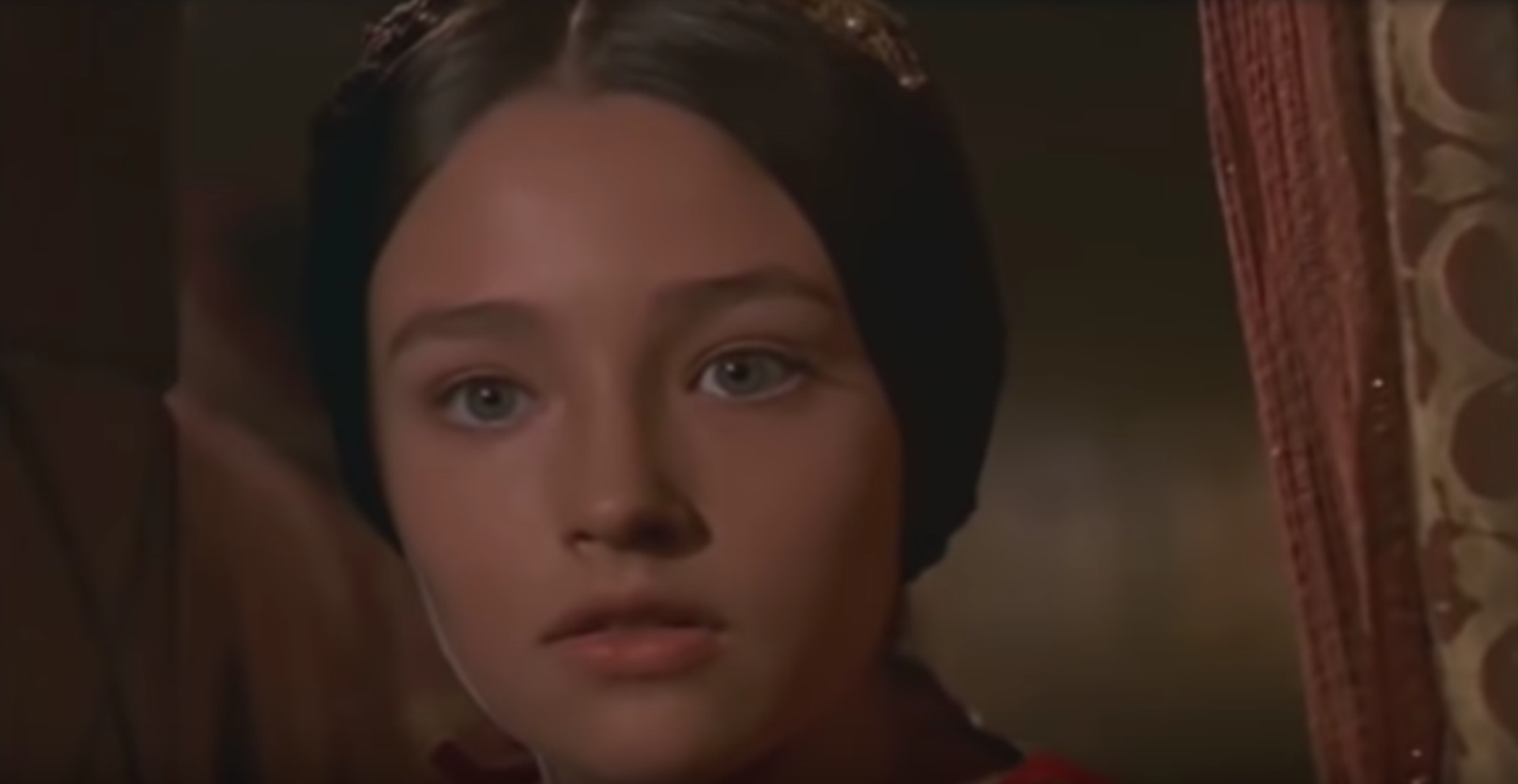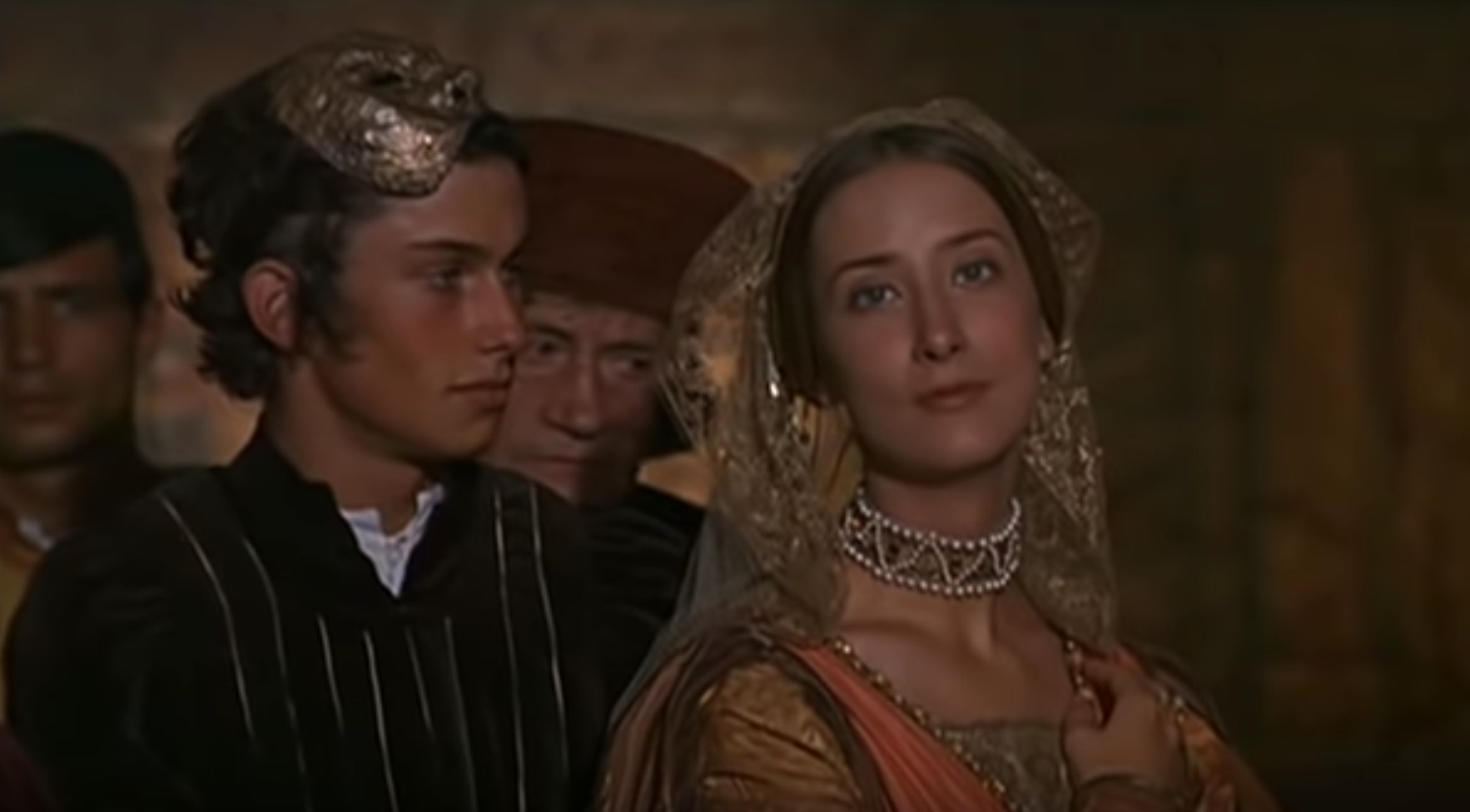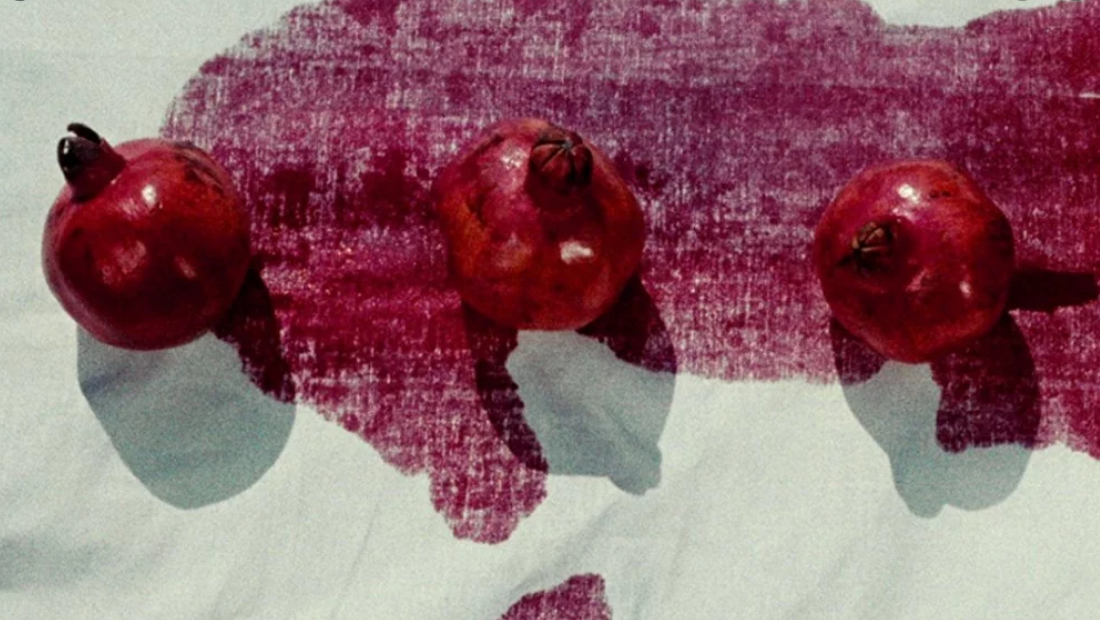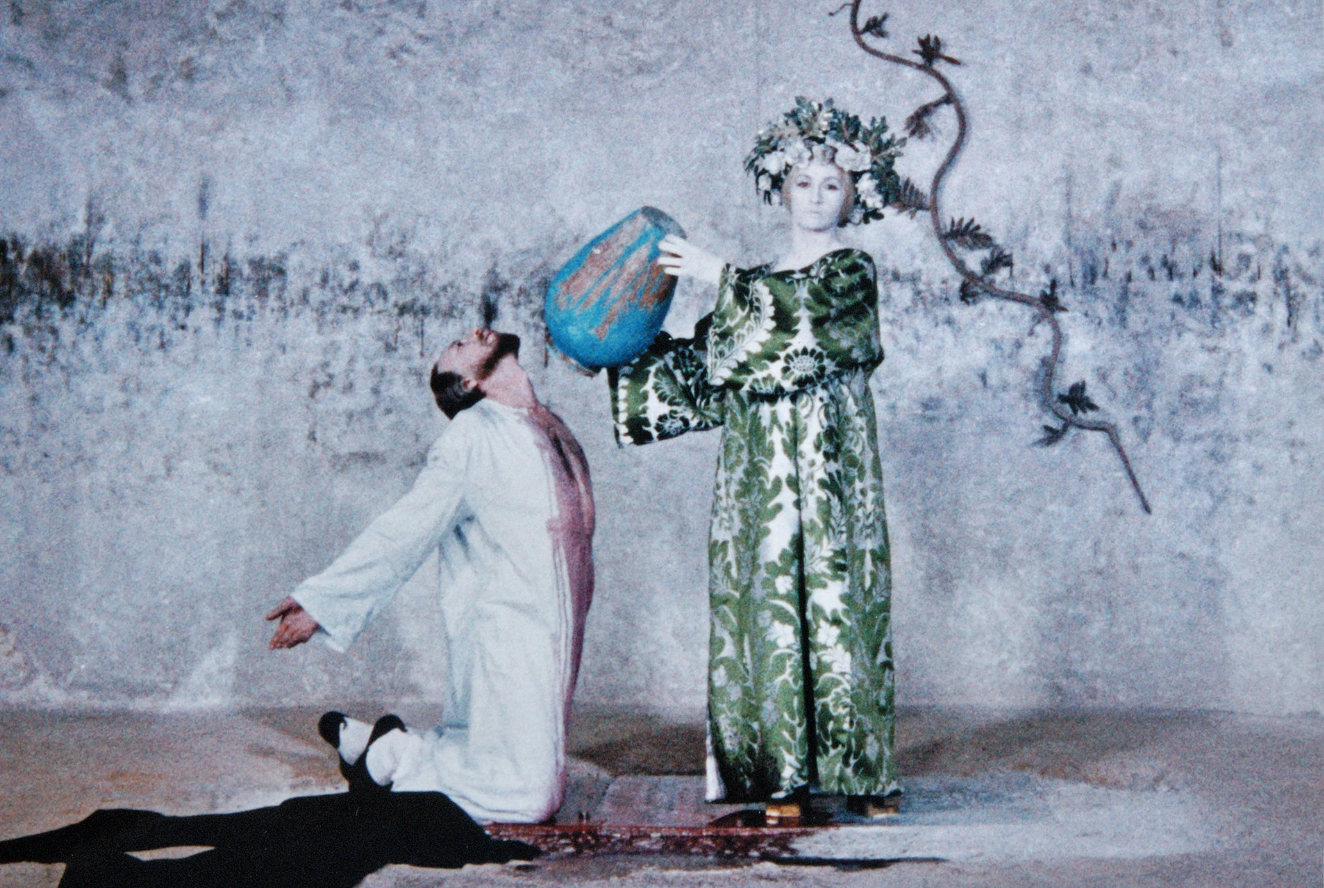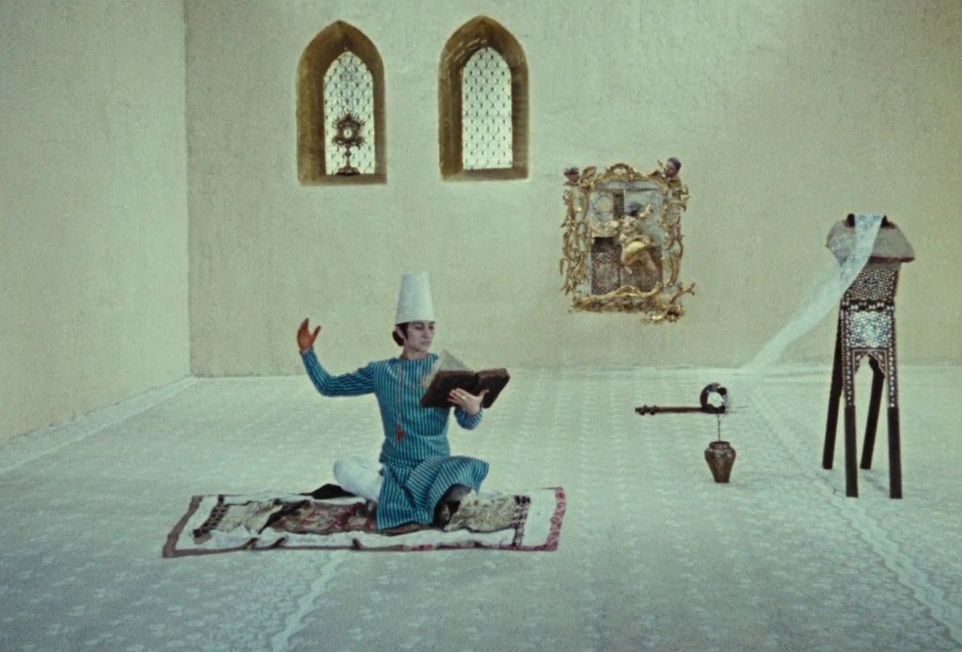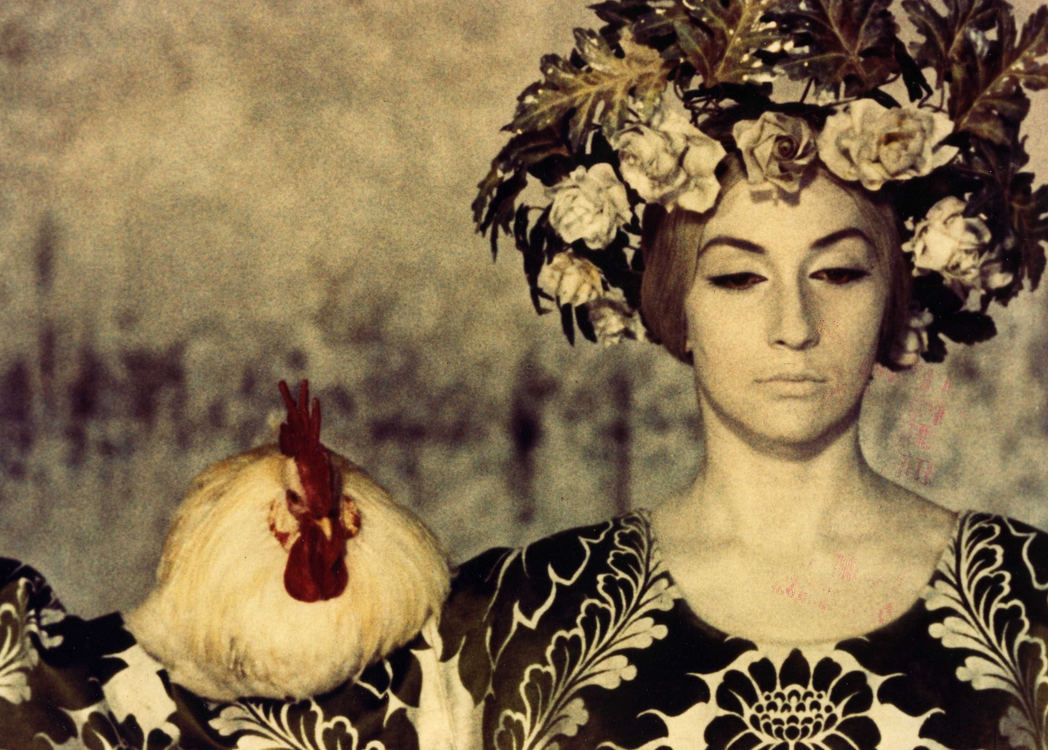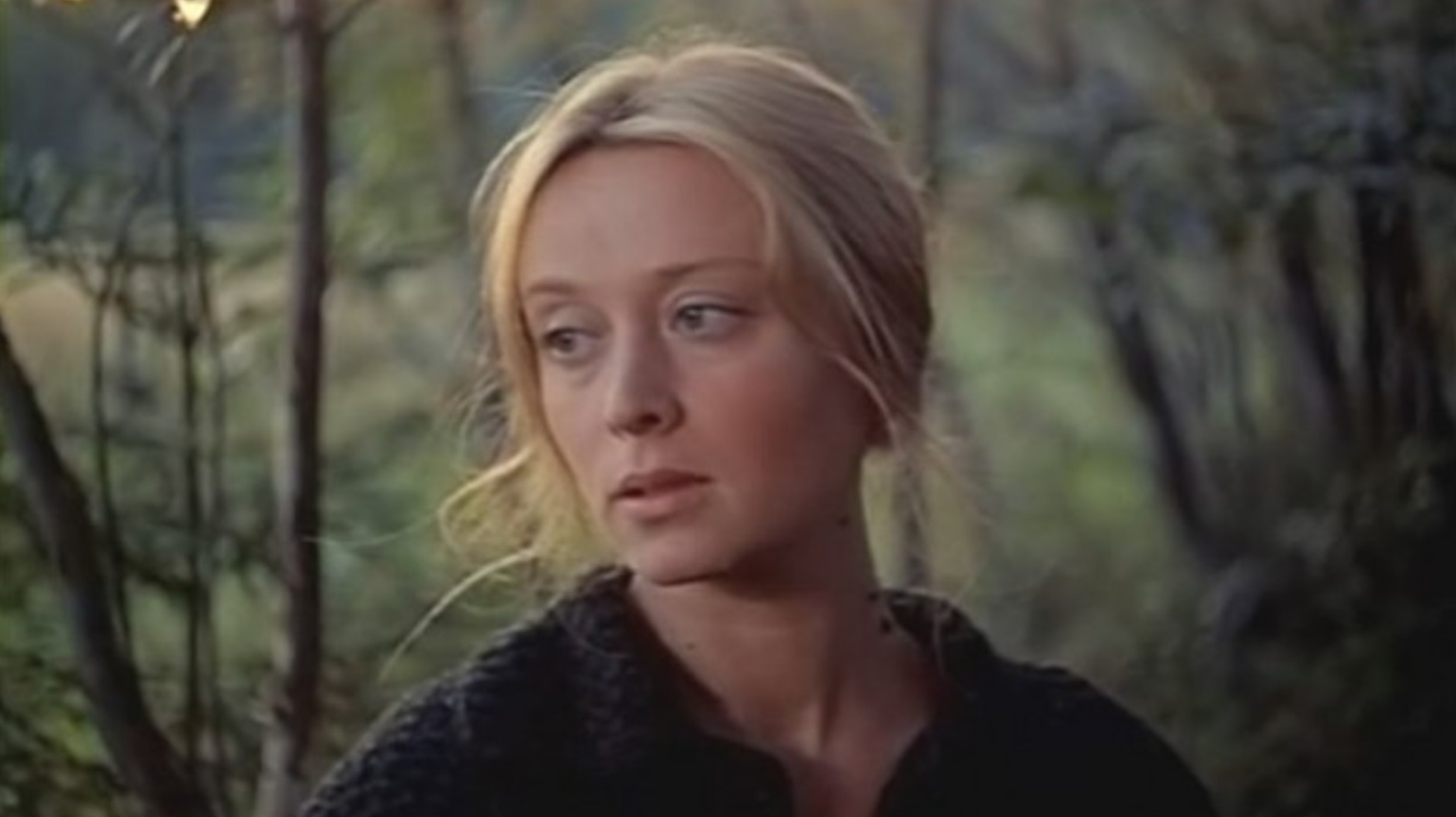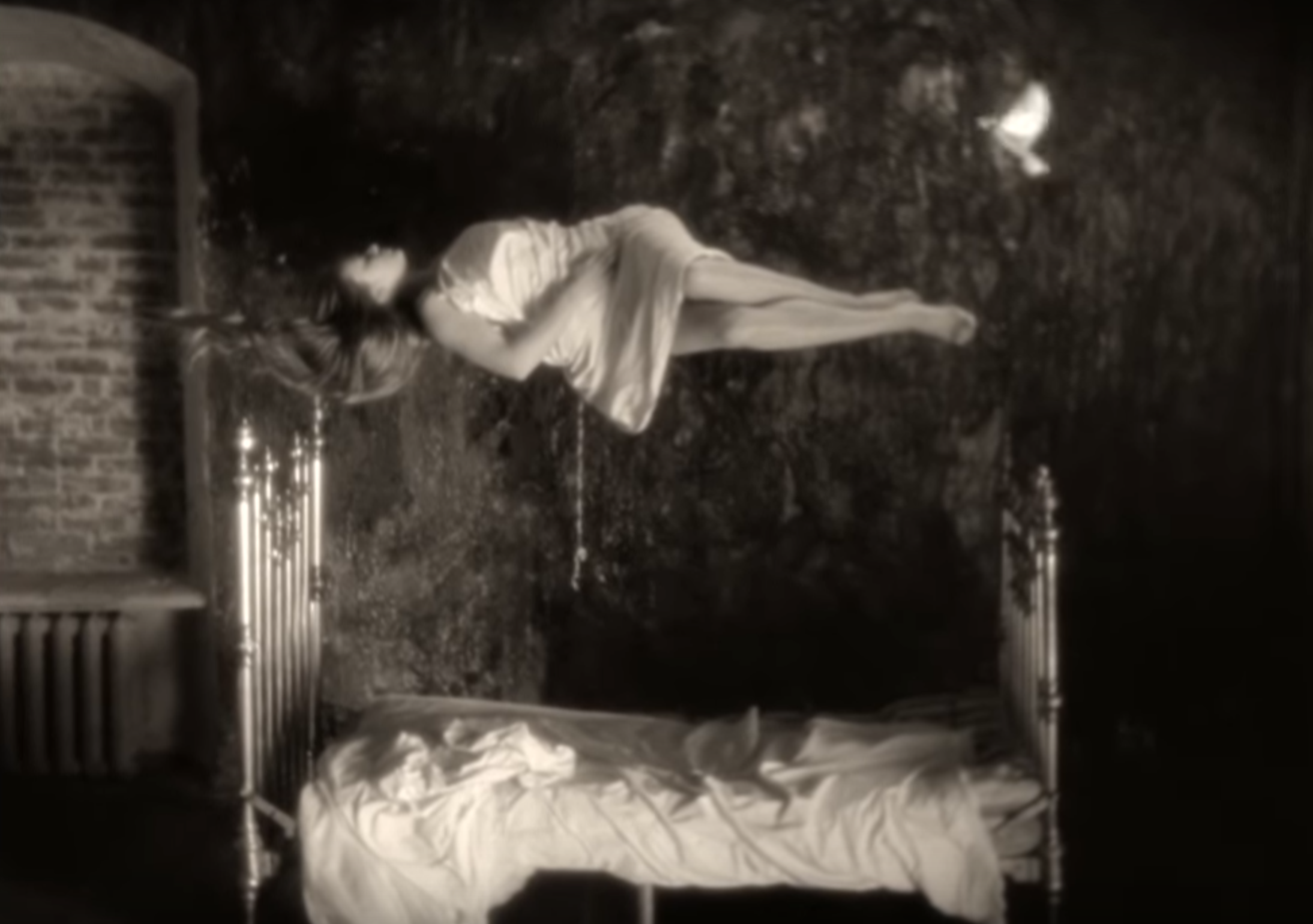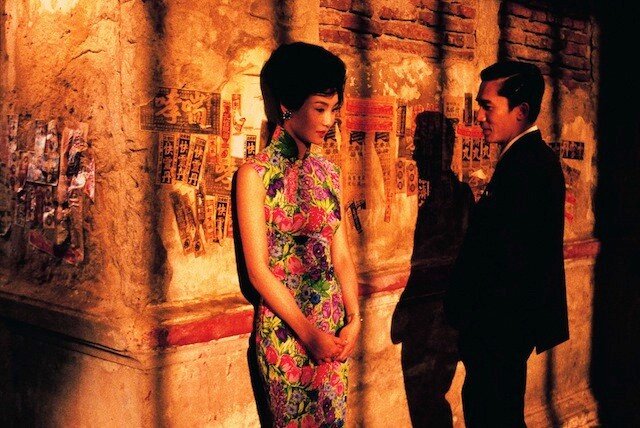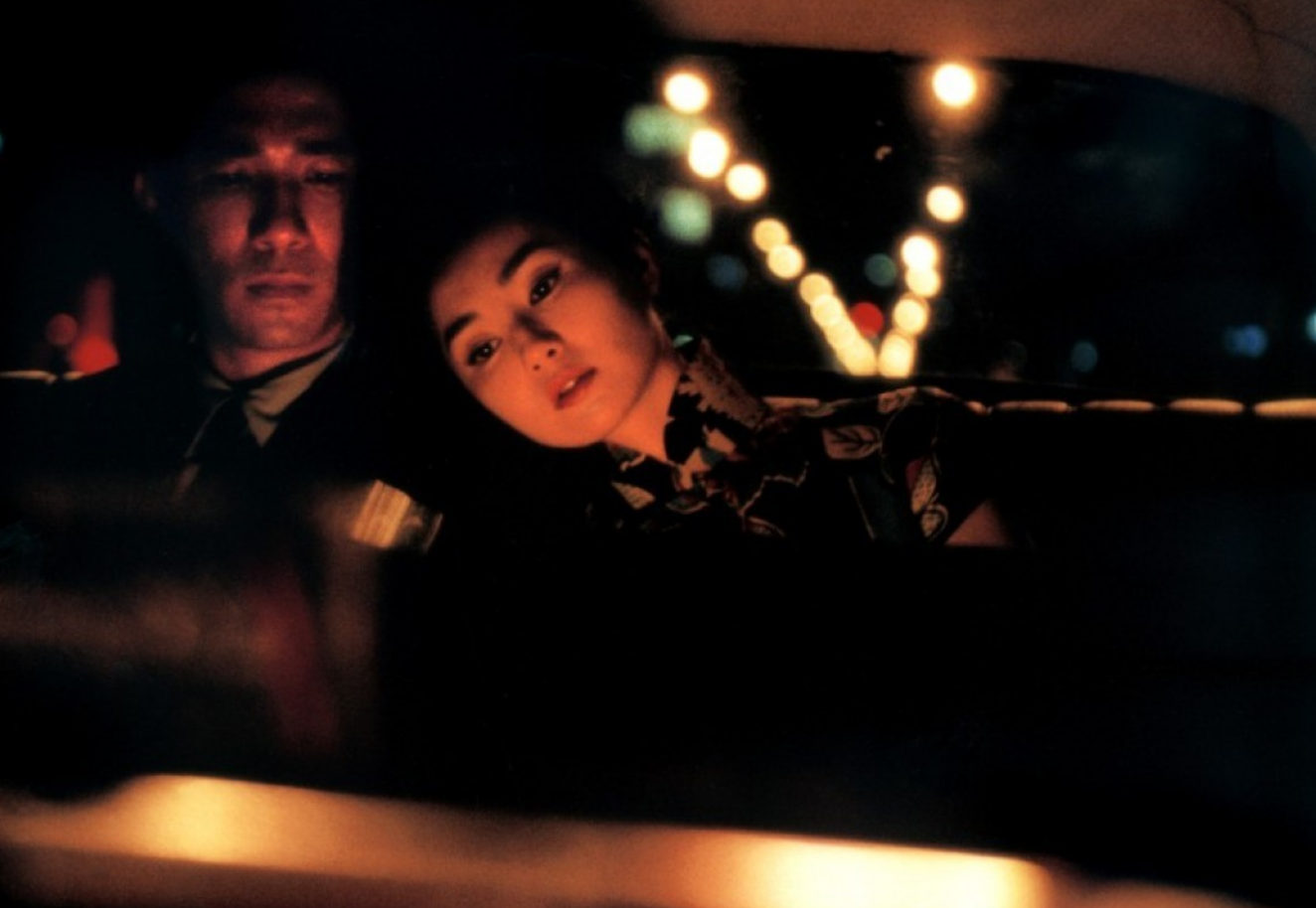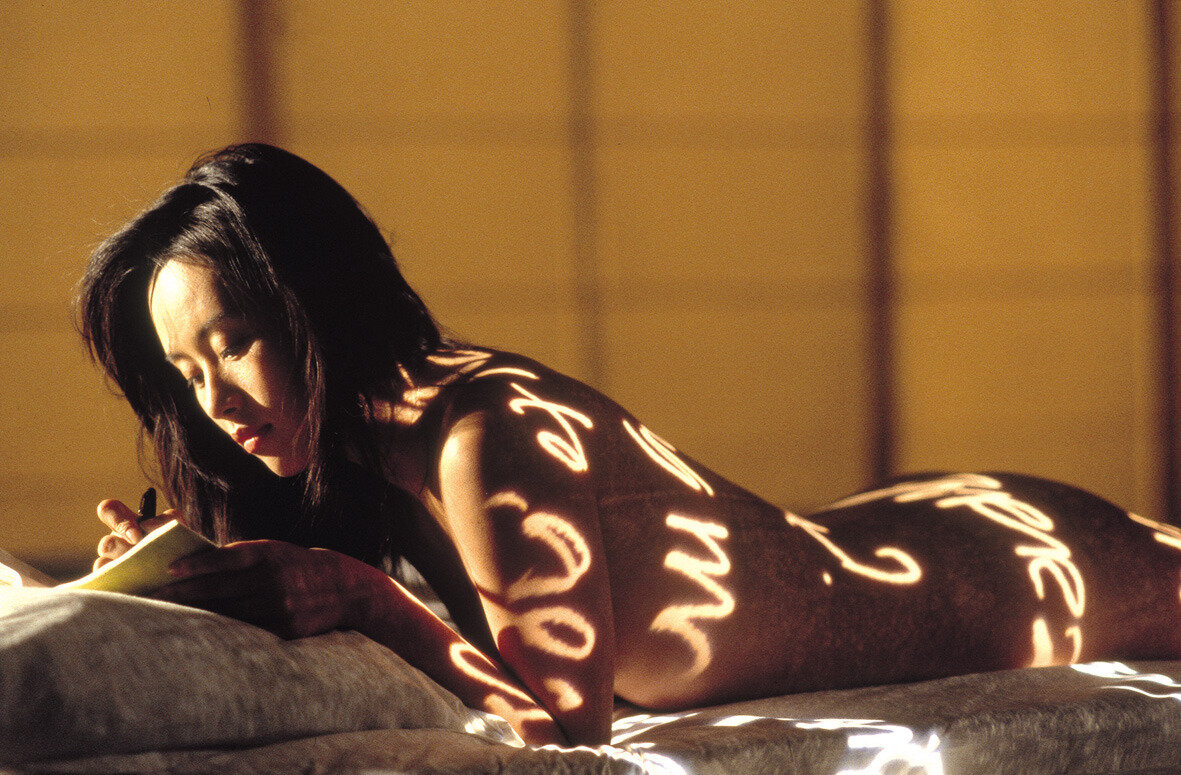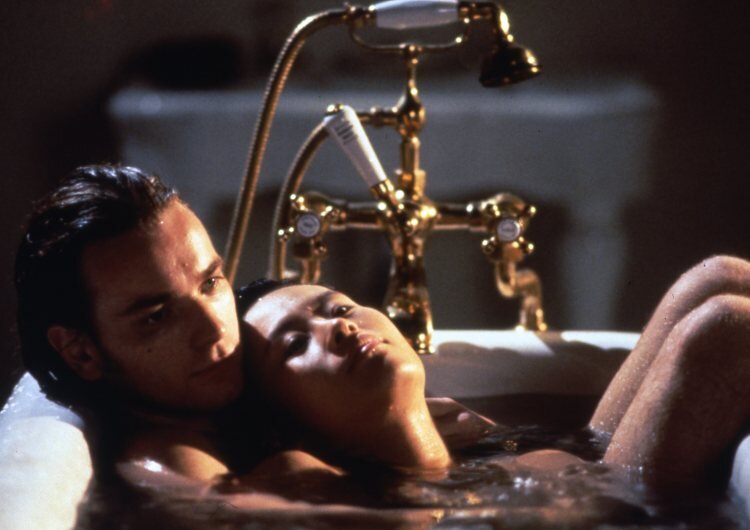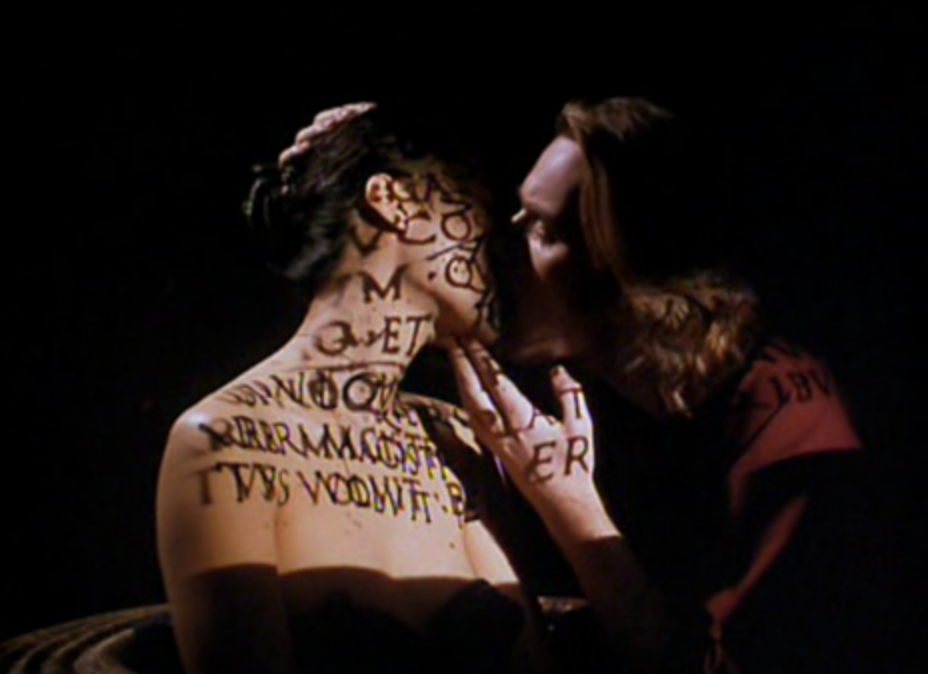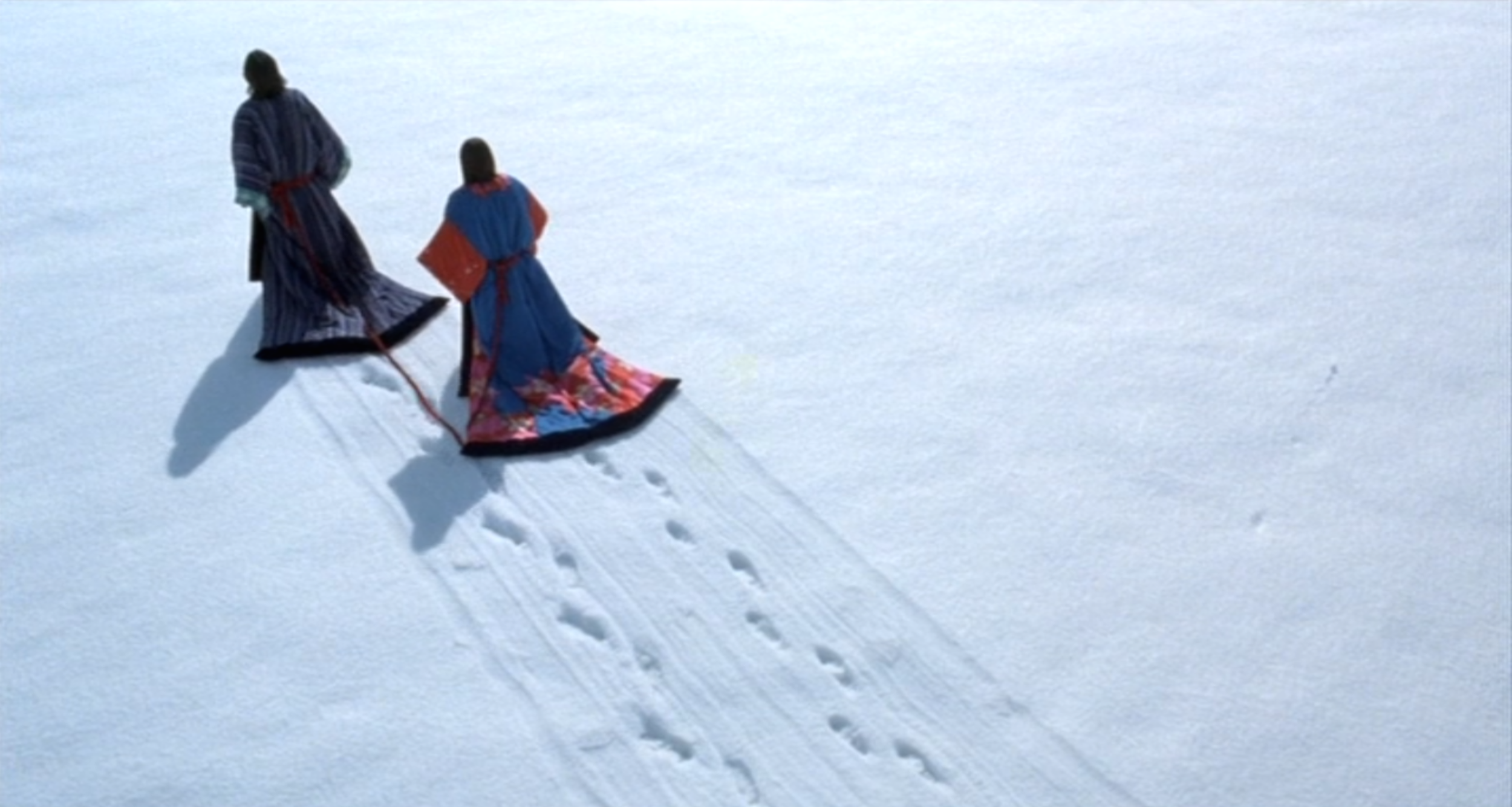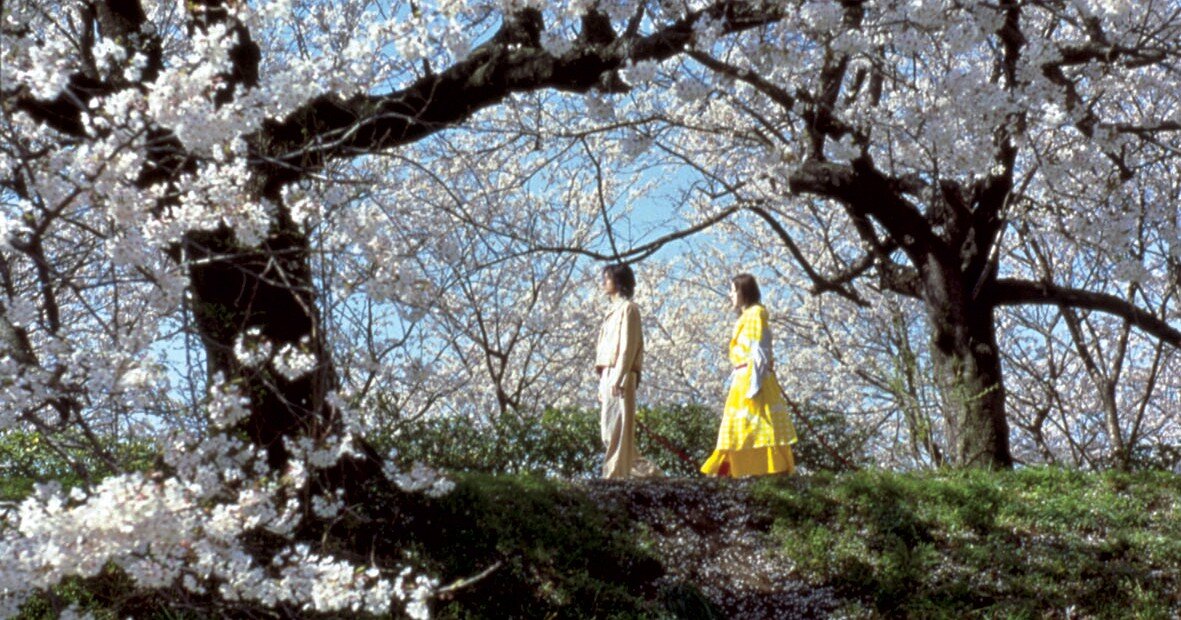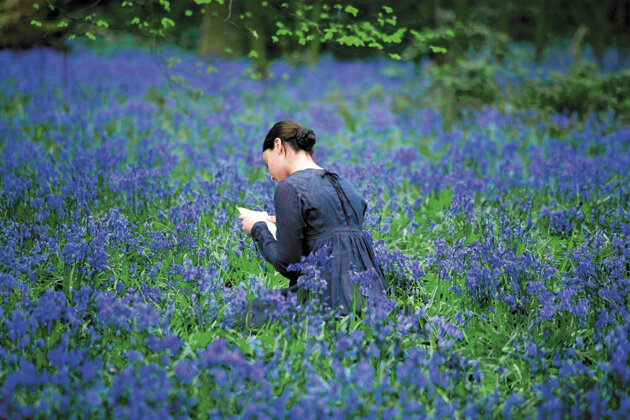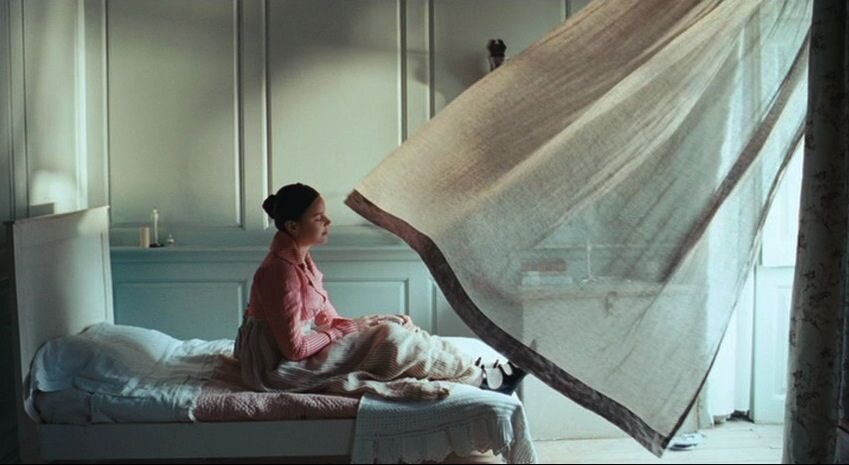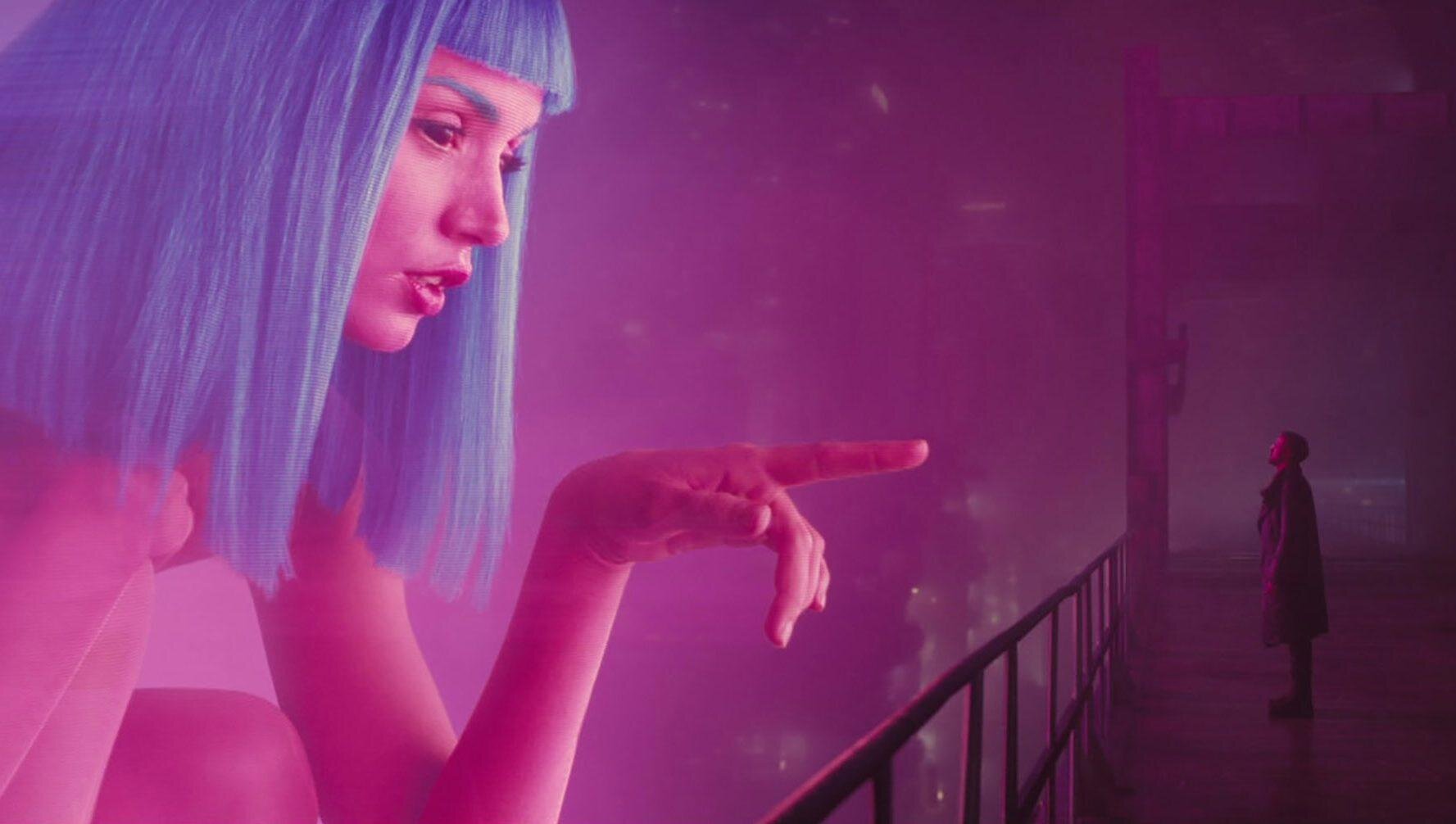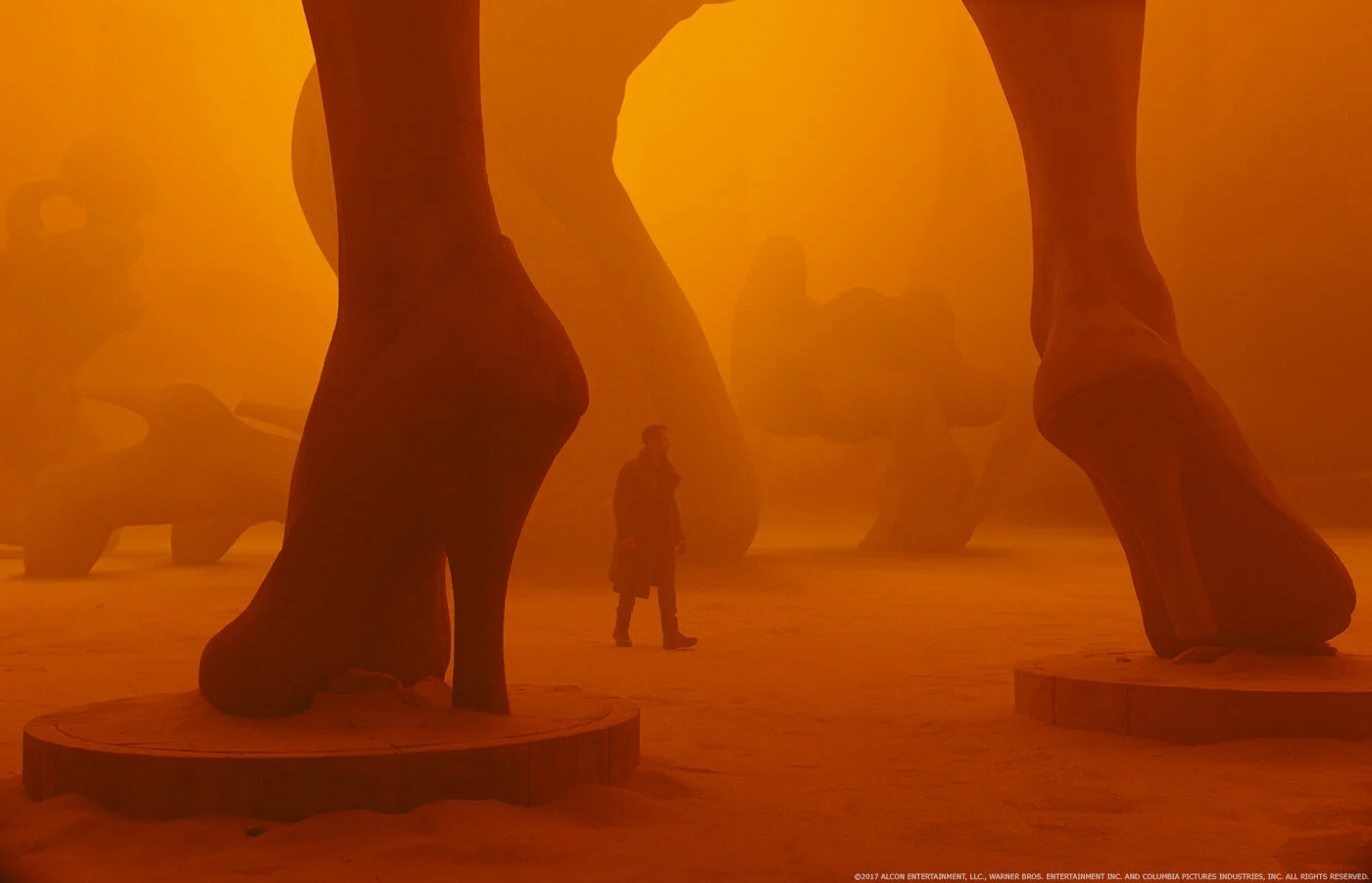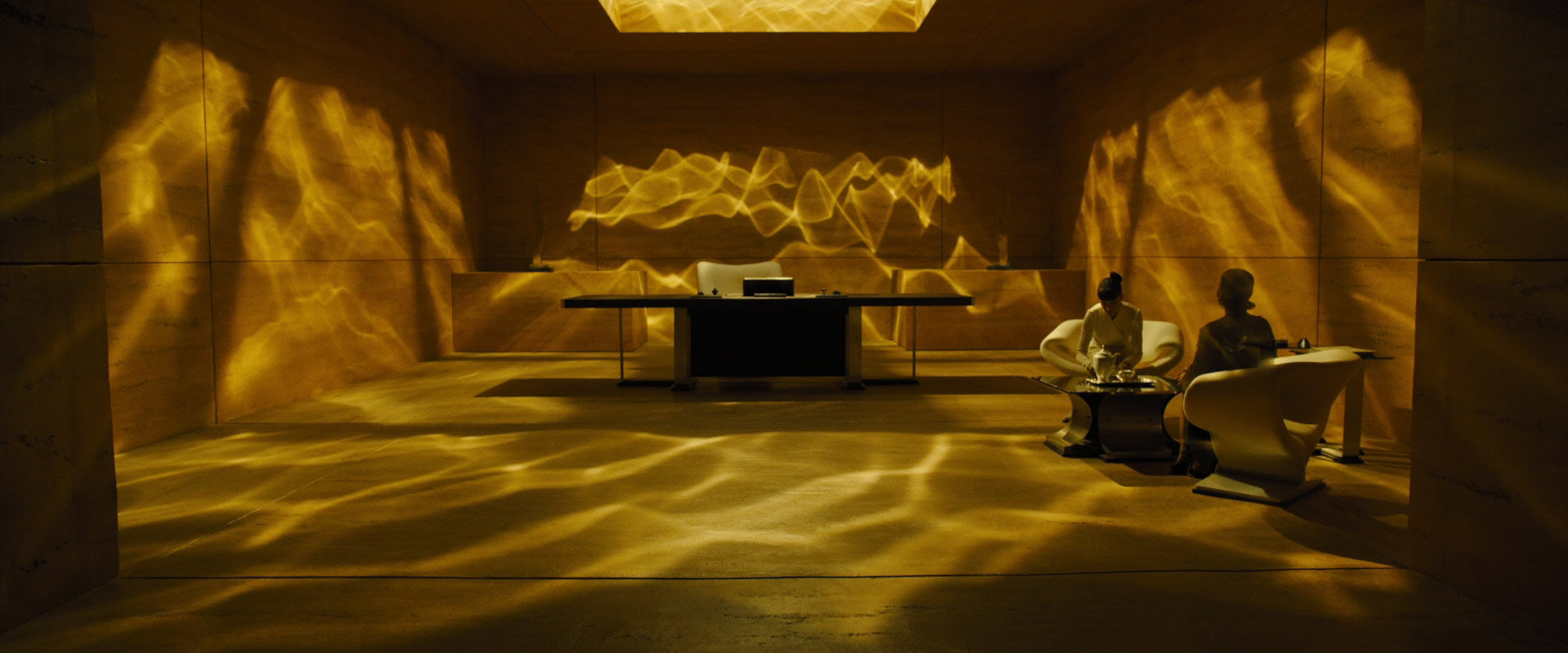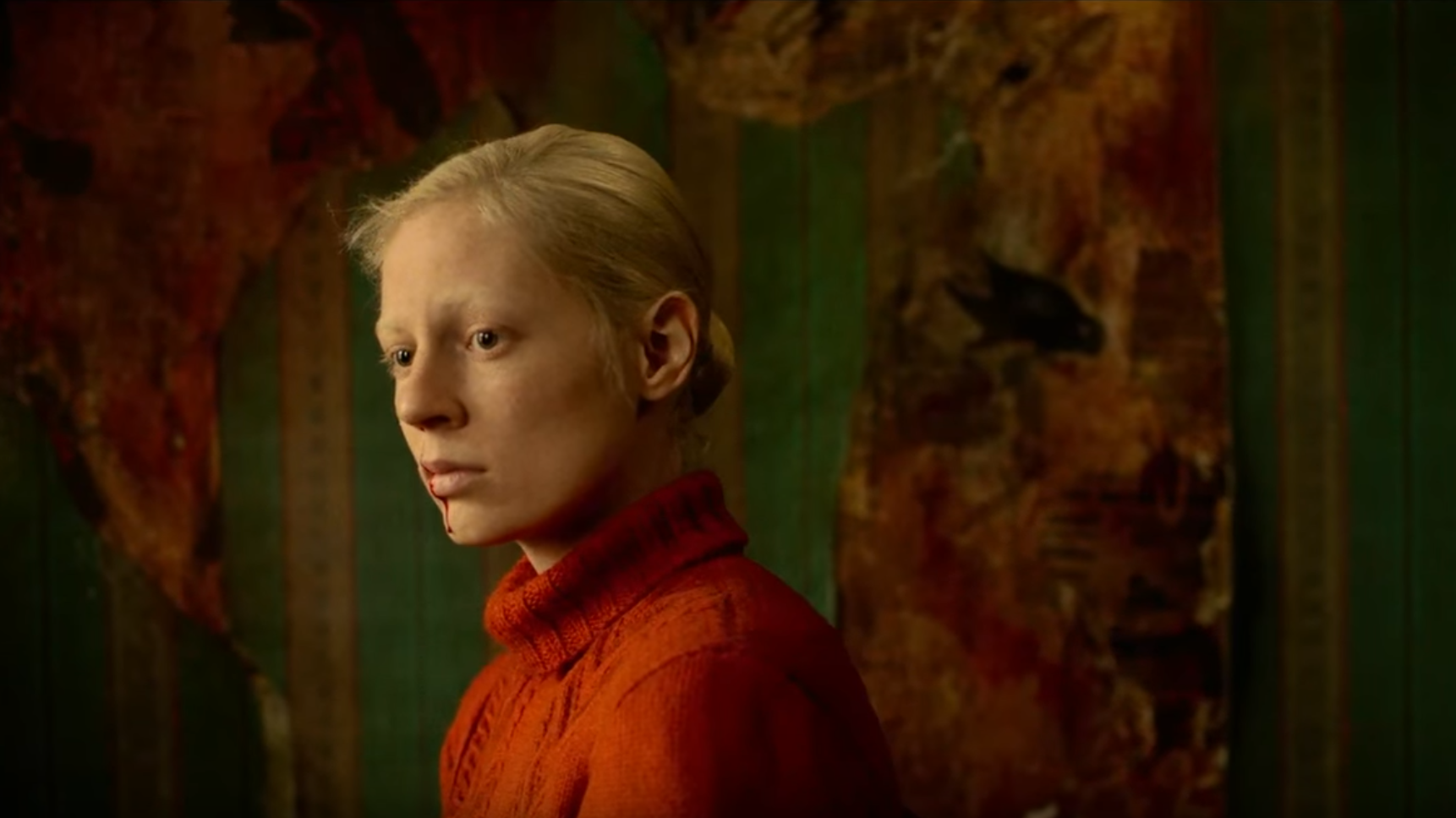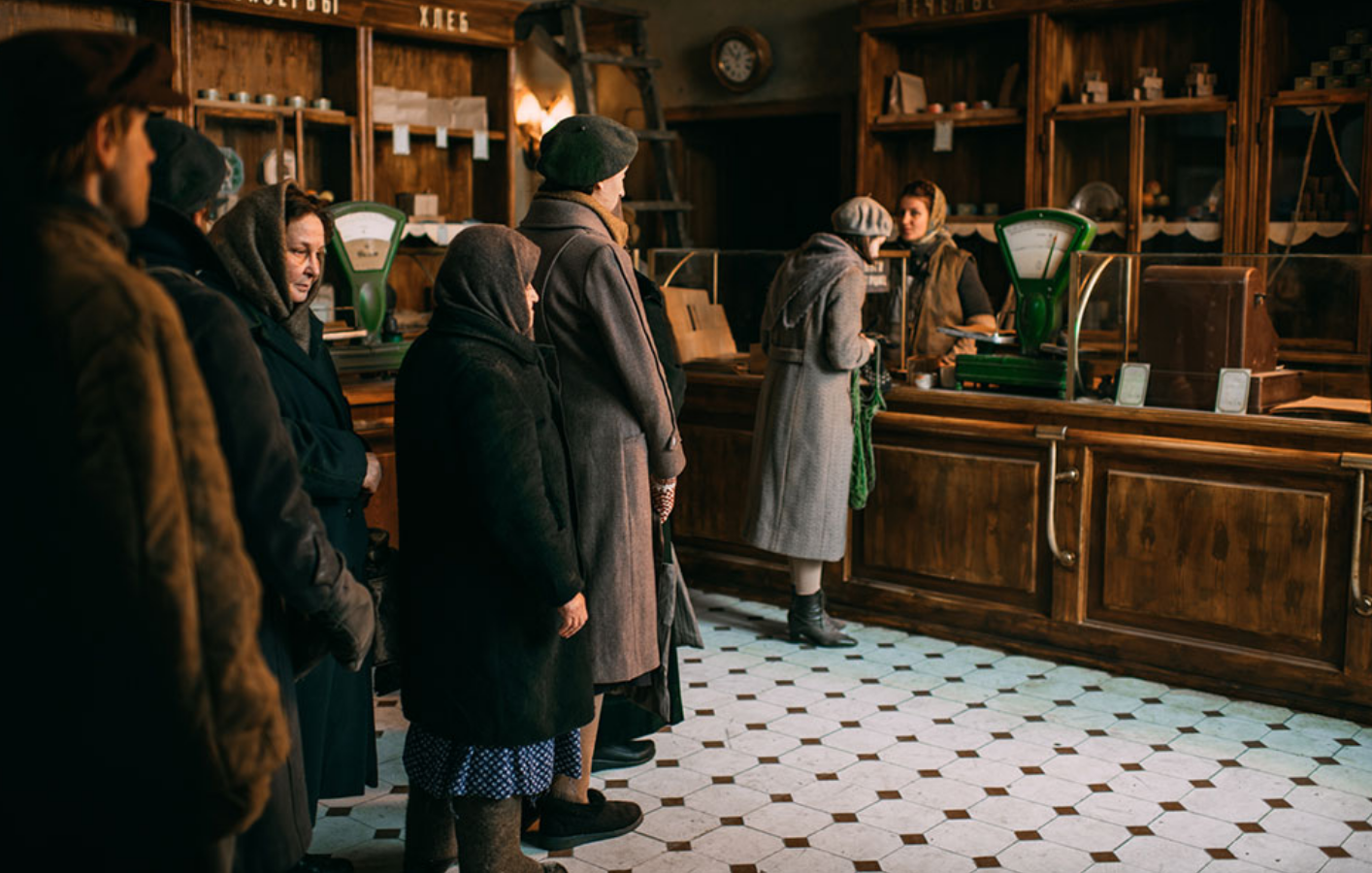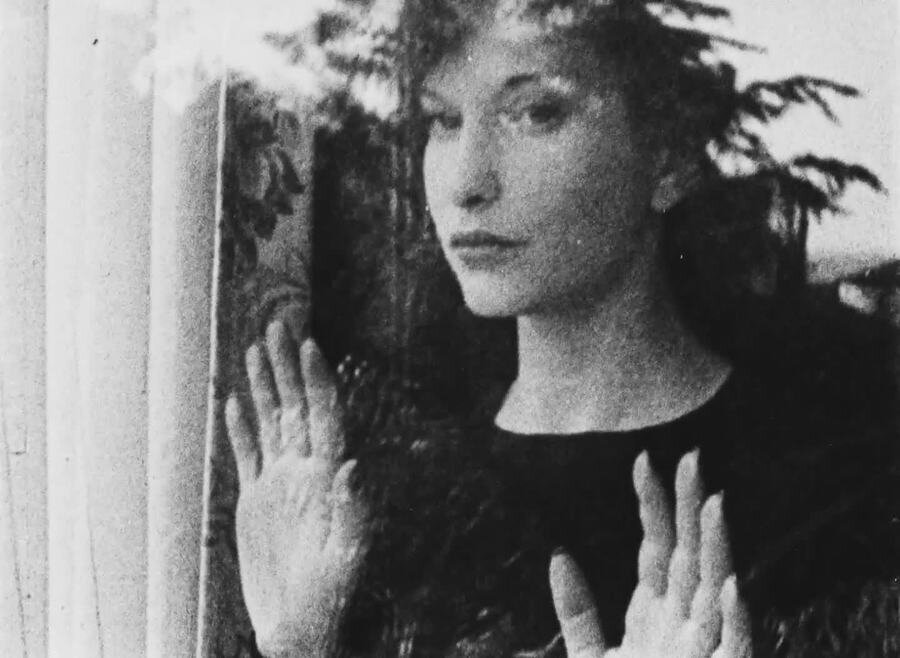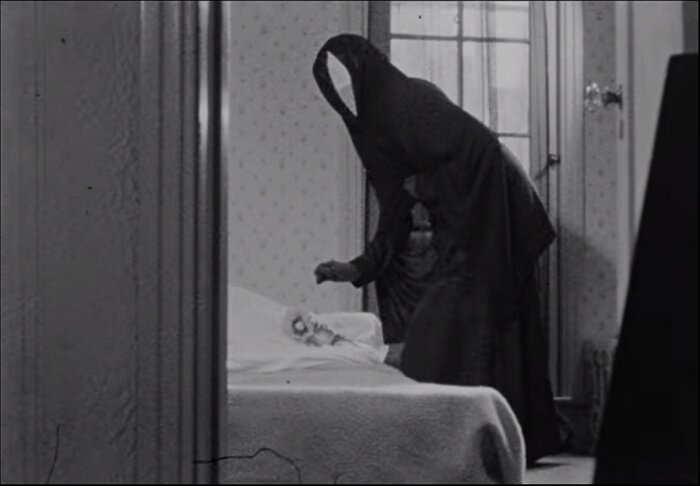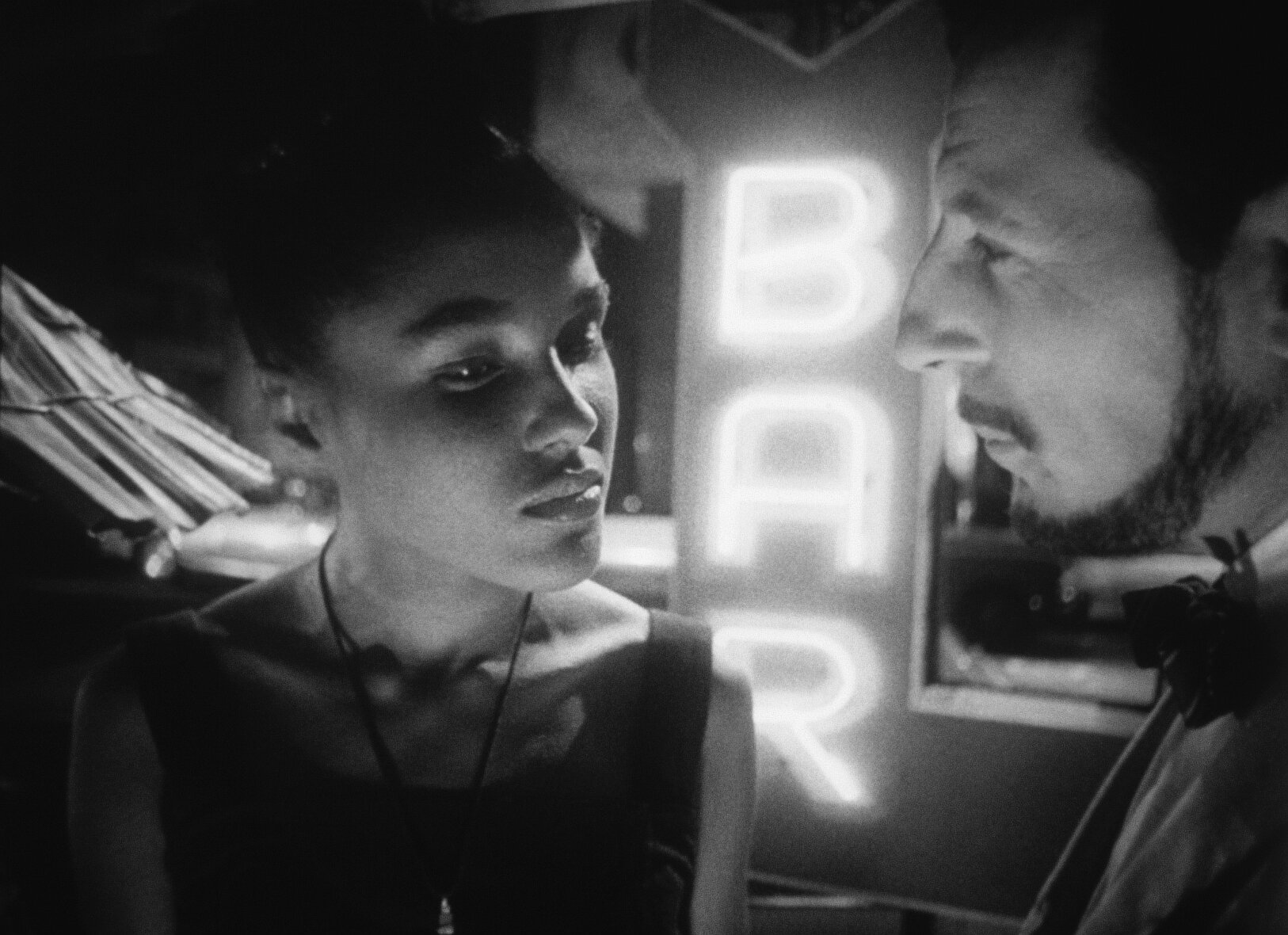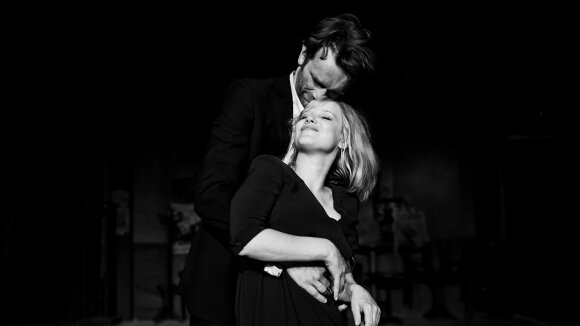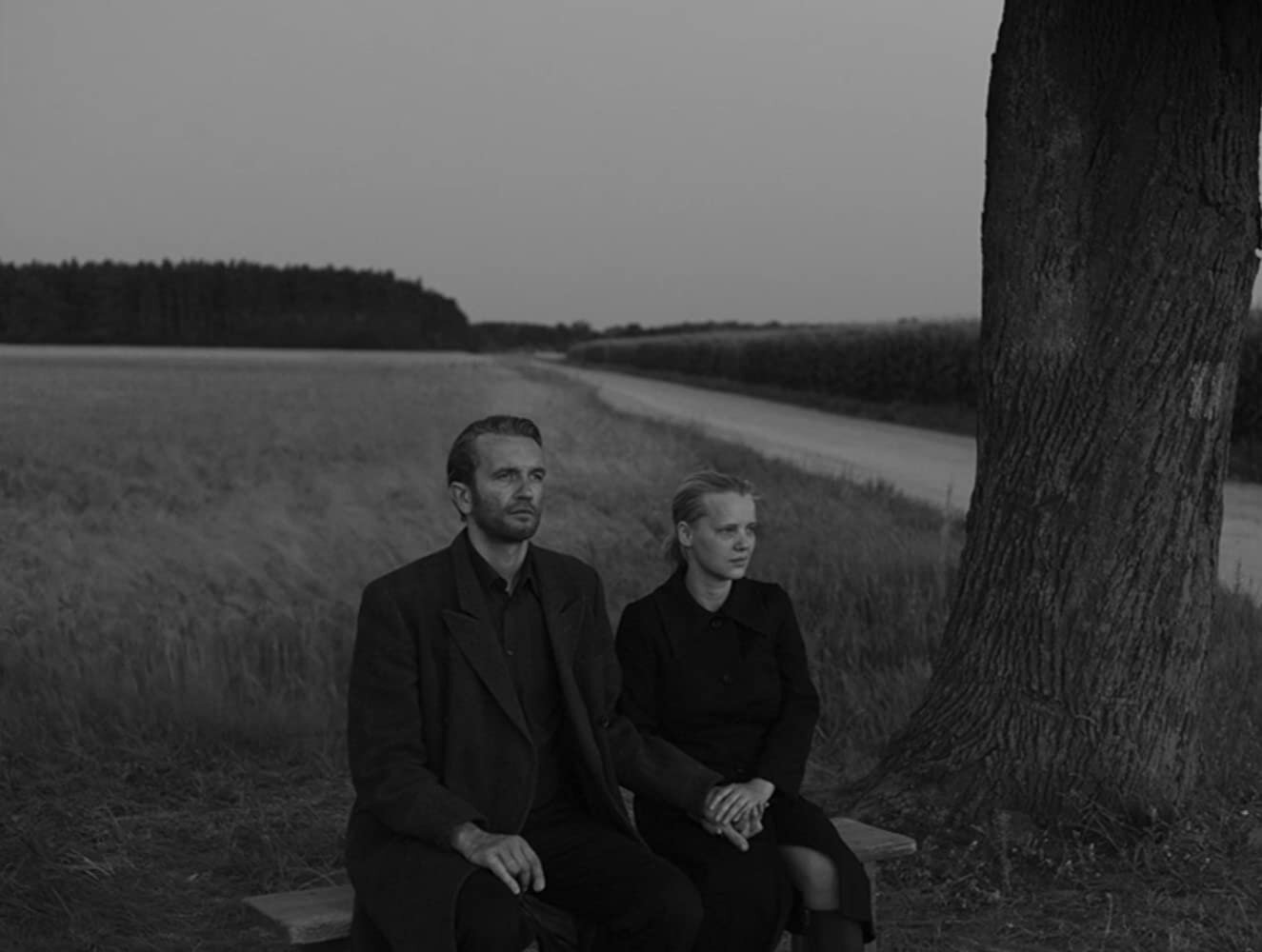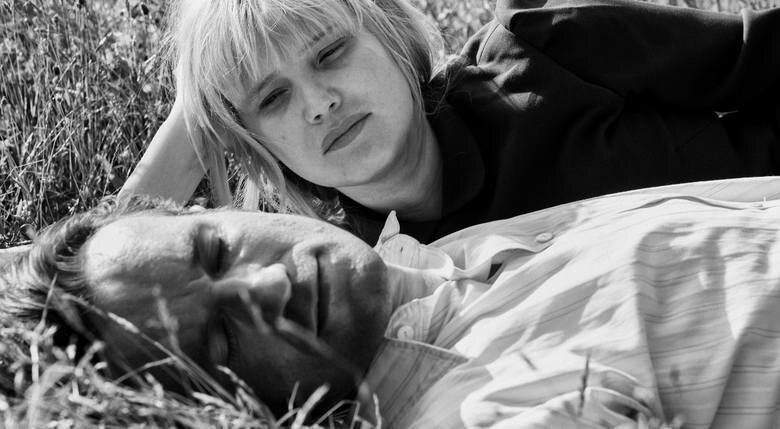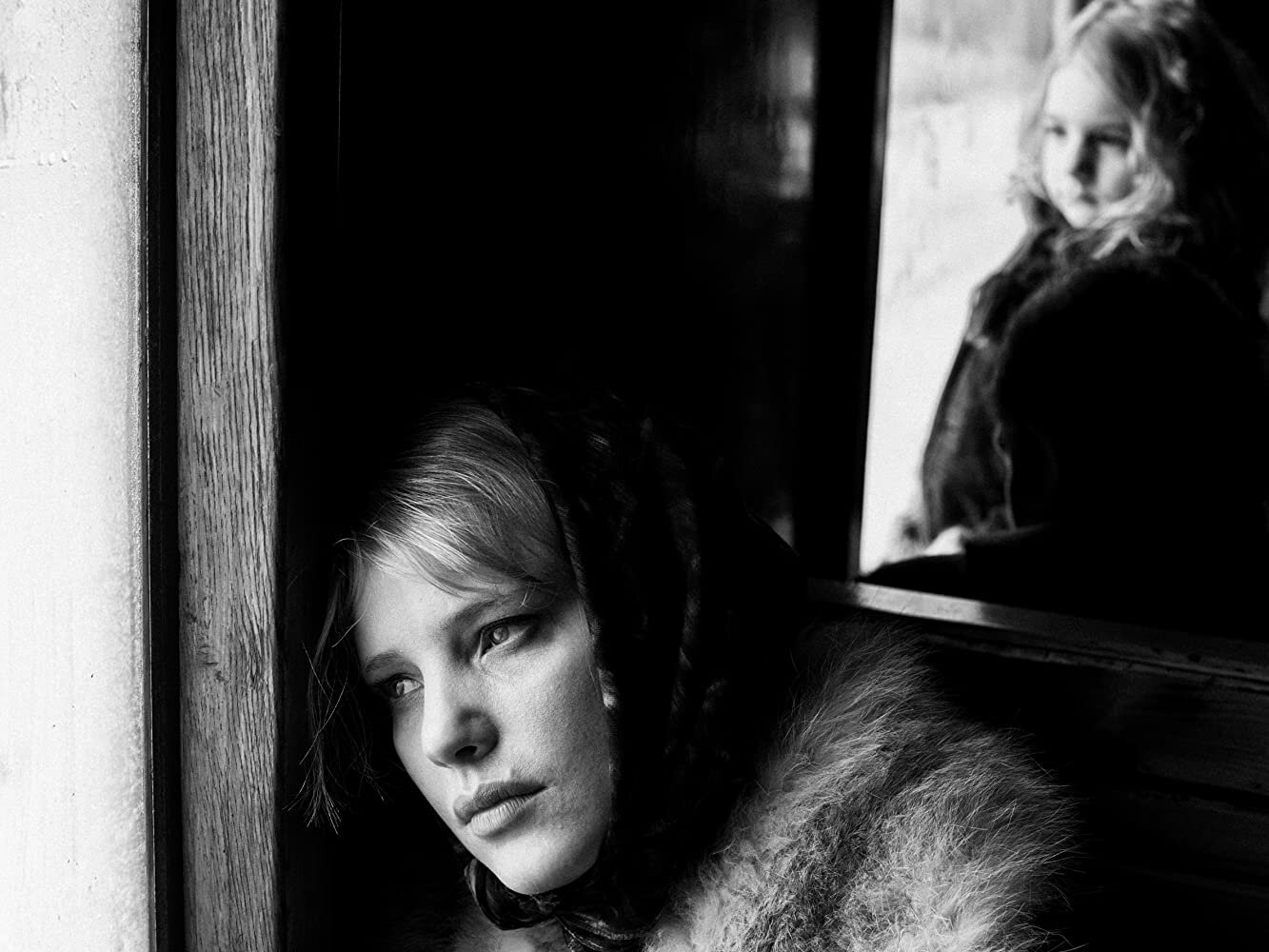10 Visually stunning movies: #stayhome edition
Visual from the “Blade Runner 2049“, dir. Denis Villeneuve
There is one fact not many know about me, but in my early 20s I used to write film reviews.
I have to admit that I also watched way more movies than nowadays, especially indie titles and art cinema. Later on, I made short documentary films during my Journalism studies. Finally, when I came to Berlin to study photography, I simultaneously enrolled into a Film Studies class at the Free University of Berlin, where watching and analysing movies became an obligatory part of my curriculum.
Needless to say after this introduction, as a current photographer and occasional videographer, I draw a lot of inspiration from films. I am not a cinematographic snob and watch all kinds of movies – indie, film noir, new wave, blockbusters and chick flicks. There are occasions for all kinds of entertainment in my life – both intellectual European low-budget and brainless feel-good Hollywood productions.
Some movies rely on the scenario and dialog, while others use specific cinematographic approaches to play with viewers’ emotions and feelings. As a visual person, I certainly prefer the cinematographic approach to film-making, thus beautiful camera work always attracts my attention and triggers my curiosity. I am often inspired by a particular visual language of a film, its light and shadow play, particular usage of focal lengths, choice of colours and camera movement.
Since traveling became impossible these days, I’ve prepared a list of 10 visually stunning movies (organised in a chronological order), which trigger emotions. I’ve tried to pick films from different decades and explained why I personally love each of them:
1. Romeo and Juliet (1968) by Franco Zeffirelli
There are many film adaptations of the famous Shakespeare play, but the one directed by the Italian director Franco Zeffirelli stands out most from the cinematographic point of view. The amazing work by cinematographer Pasqualino de Santis won him an Oscar that year.
It is important to notice the costume design (also Oscar-winning) and its colourful settings, which helped to create the Middle-Age atmosphere, so present in the movie. Actors Leonard Whiting and Olivia Hussey were only 16 and 15 accordingly, being the first actors to play Shakespearean characters close to their own age. Both rather inexperienced in acting, they brought that youthful presence and naïveté, which the previous adaptations often lacked. De Santis uses a lot of close-ups (especially of the emotions) as well as almost static group scenes. Screenshots from the film can often be mistaken for medieval religious paintings – which was without mistake a deliberate creative intention.
As a 16-year old myself at the time, I loved the movie. I even printed out a screenshot of the scene below and it hung on my wall for many years.
2. The Color of Pomegranates (1969) by Sergei Parajanov
When talking about poetic cinema, it is hard to avoid mentioning the Armenian director Sergei Parajanov (who worked in both Kyiv and Yerevan). The Color of Pomegranates – an art film, which reveals the life of 18th-century Armenian poet and troubadour Sayat-Nova – is something deserving a category of its own.
The movie uses little to no dialog and relies heavily on the stunning and deeply symbolic visuals, for which it gained praise from international critics, who often put it on the list of the greatest movies ever made. Minimalistic, static, often iconic scenes heavily rely on prime colours and composition.
Interesting fact: actress Sofiko Chiaureli plays 6 roles in the film, both male and female.
Overall, the film is a visual masterpiece, probably never topped by any other film in terms of novelty in visual approach.
Here you can watch the whole movie for free:
3. Mirror (1975) by Andrei Tarkovsky
Tarkovsky takes a crucial place in the world of art cinema and is considered one of the greatest directors of all times. There is a chance that even if you are not an art-cinema lover, you’ve stumbled onto his Solaris (1972) or Stalker (1979).
Despite working with different cinematographers throughout his career, the visual language of Tarkovsky’s films is persistent and notable for its long takes and dreamlike visual sequences.
Mirror, his semi-autobiographical art film, which lacks linear structure, was described as incomprehensible by the Soviet critics, but gained international praise and is often considered one of the best films ever made. Its usage of loosely connected dream-like imagery – both color, black-and-white and sepia – is often compared to the stream of consciousness technique in literature.
I personally see this film as a painting, which came alive. I am not even trying to pretend that I understand its whole symbolism, but some things root deeper in our brains, only to be understood later on a different level.
Here are 3 examples of Tarkovsky’s famous long takes:
4. In the Mood for Love (2000) by Wong Kar-Wai
There are certain movies (as well as images and painting), so visually beautiful, that you completely lose the thread of narration behind it. I often similarly lose myself in the beautiful writings of Haruki Murakami – some scenes and descriptions are captivating, yet afterwards you forget completely what the whole thing was about.
Here is my honest review – I don’t remember the plot of the Kar-Wai’s movie at all, yet, even years after I’ve watched it, I am haunted by its beautiful night imagery, shadow and light play, careful compositions of the mise-en-scènes as well as the colour-contrasts in costume and interior design.
5. The Pillow Book (1996) by Peter Greenaway
All right, I have to admit – back in the days this movie (owning its name and the base of the plot-line to the work of a Japanese medieval court lady and writer Sei Shonagon) was part of my sexual awakening. Deeply sensual scenes, combined with the close-ups of Ewan McGregor’s penis did their work well for my then-17-year-old self.
The disturbing, yet intriguing story, which includes many throw-backs and intertwined parallel plots between the modern-day writer/model and the medieval Japanese Lady-in-waiting, uses multiple-screens, striking light-and-shadow effects, color combinations, and overlapping images, as part of its visual narrative.
I might be biased, but for me this is one of the most beautiful and poetic movies ever made and I swear, McGregor’s penis has (almost) nothing to do with it.
Check out the digitally restored trailer for the movie. It gives a good introduction into the visual language and effects, used in the film:
6. Dolls (2002) by Takeshi Kitano
This art film by the acclaimed Japanese director (who started as a comedian, as I’ve recently learned) is often praised for its cinematography (by Katsumi Ynagishima) and costume design (by Yohji Yamamoto).
There are three novellas in the film, loosely connected, but the main focus is on a young couple, who walk around, connected by a rope.
The movie’s visuals have a strong emphasis on changing of the seasons and the wide shots of the red and orange colours of the fall or the cherry blossoms of the Japanese spring are striking.
7. Bright Star (2009) by Jane Campion
Jane Campion is most famous for her award-winning movie The Piano (1993), but her 2009 interpretation of the life of a famed British poet John Keats and his relationship with Fanny Brawne is a wonderful example of how a biographical period drama can use visual language to echo the literary poetic genius of its protagonist.
This is not a loud movie, if you know, what I mean. It is subtle and romantic, without a hint of eroticism or vulgarity. Its visual language is equally subtle and romantic – domestic scenes, shown with almost Edward Hopper-esque touch, choice of pastel colours and and simple, poetic settings – “tender”– is the word, which comes to my mind, describing the movie.
8. The Revenant (2015) by Alejandro González Iñárritu
I wasn’t sure about including this movie into the list, because of its lack of innovation, when it comes to cinematography. At the same time, the epic story of survival, which won Leonardo DiCaprio his first and long-expected Oscar, has some of the most striking visuals in the last years, despite copying most of its prominent scenes from the works of above-mentioned Andrei Tarkovksy.
If you don’t believe me, look to an amazing video comparison below.
Some people would call it homage, I’d pull my best Larry David’s “eeeeeh?” impression. At the same time, imitation is the sincerest form of flattery, and for those, unfamiliar with Tarkovsky’s work, the Revenant might be the starting point on the way to a visual discovery. And it is still a pretty good movie overall.
9. Blade Runner 2049 (2017) by Denis Villeneuve
Depending highly on CGI, this neo-noir sequel to the famed 80s Ridley Scott’s sci-fi film, was an aesthetic orgasm to my eyes. I’ve seen the original and succumbing to the limitations of the past technologies, the 1982 production, despite being a great film overall, loses big time compared to the polished perfection of the current computer graphics and effects.
One can compare the new Blade Runner to a high quality video game, with no glitches and smooth game play. No wonder, both Visual Effects and cinematography of Roger Deakings (who also collected this year’s award for 1917) won an Oscar.
10. Beanpole (2019) by Kantemir Balagov
The latest entry to my list, the historical drama by the young (and I mean really young – only 27, when the movie premiered at Cannes last year) Russian director Kantemir Balagov (not your usual Russian name, believe me) is impressive. The story shows a different view onto the lives of people, affected by WWII in the post-war Leningrad (current Saint Petersburg).
The cinematography – by the even more astonishingly young Kseniya Sereda (the first female cinematographer on my list), who was only 23 at the time of shooting – is breathtaking. The usage of complementary colours (mainly green and red) in costume design and settings, the intimate, almost invasive closeups, picturesque compositions – all these elements create a haunting, heavy atmosphere, adding extra psychological weight onto the mentally-wounded protagonists.
***
As you might have noticed, I’ve included mostly colour films into the list. Mostly because in my own work I rely on color a lot, thus the inspiration I draw is from the colour films as well.
If you need recommendation for a black-and-white movies with beautiful cinematography, then I’ll go for:
Meshes of the Afternoon (1943) by Maya Deren
A short surrealist film, written, directed and starred in by a wife-husband duo – Maya Deren and Alexander Hammid.
I stumbled onto this short film from a music video to Milla Jovovitch’ song from 1994, called Gentleman Who Fell (by the way, you should check it out, together with Milla’s 1994 album Divine Comedy, it is really good).
Critics usually agree that Maya Deren made most of the artistic direction on the movie, drawing extensive story boards and depicting camera movements and effects, while her husband was mainly a cameraman.
Here are the links to the original film as well as to the Milla Jovovitch homage music video:
I am Cuba/Soy Cuba (1964) Mikhail Kalatozov
A 1964 Soviet-Cuban co-production, directed by the Russian director Mikhail Kalatozov with the genius innovative cinematography of Sergey Urusevsky. This duo won a Palm d’Or at the Cannes Film Festival in 1958 for the war film The Cranes are Flying.
Soy Cuba wasn’t received well in neither USSR nor Cuba, but recently it came to light, praised by Martin Scorsese and filmmakers alike for its acrobatic tracking shots, usage of the extremely wide-angle camera lenses – even in close-ups – and infrared film to exaggerate contrast.
I found this movie by accident – watching the 3rd season of Marvelous Mrs Maisel - I was impressed by one particular scene, which was visually different from the usual cinematography of the TV-show. When I researched it, I found out that the scene was a homage to Soy Cuba, copying the whole setting, camera work, light as well as soundtrack from the infamous Soviet production. Here you can see both and compare for yourself:
Cold War (2018) by Pawel Pawlikowski
It is rare to see a contemporary production, shot on black-and-white, but Pawel Pawlikowski uses this visual time machine often in his works. His previous feature film Ida, was also monochrome.
This story of love and despair follows its two protagonists through the years, from Poland to Paris and back from the 40s and into the 60s. Visually, I saw a lot of Ingmar Bergman’s influence.
***
I hope you enjoyed the list and will take some new knowledge with you, as well as watch some of them, I’ve recommended. There are many other great directors and cinematographers, worth mentioning, but these are my personal favourites aesthetic-wise. I know I didn’t mention such an obvious choice (for many) as Wes Anderson, but that is due to the fact, that I don’t like his movies much overall, even though I acknowledge the distinctive visual component of his work. I will be writing more film reviews and recommendations in the future, so be sure that other directors (like my all-time favourite Pedro Almodovar) and films will be mentioned and praised.
Disclaimer: All embedded videos as well as film screenshots are used for educational purposes only.



